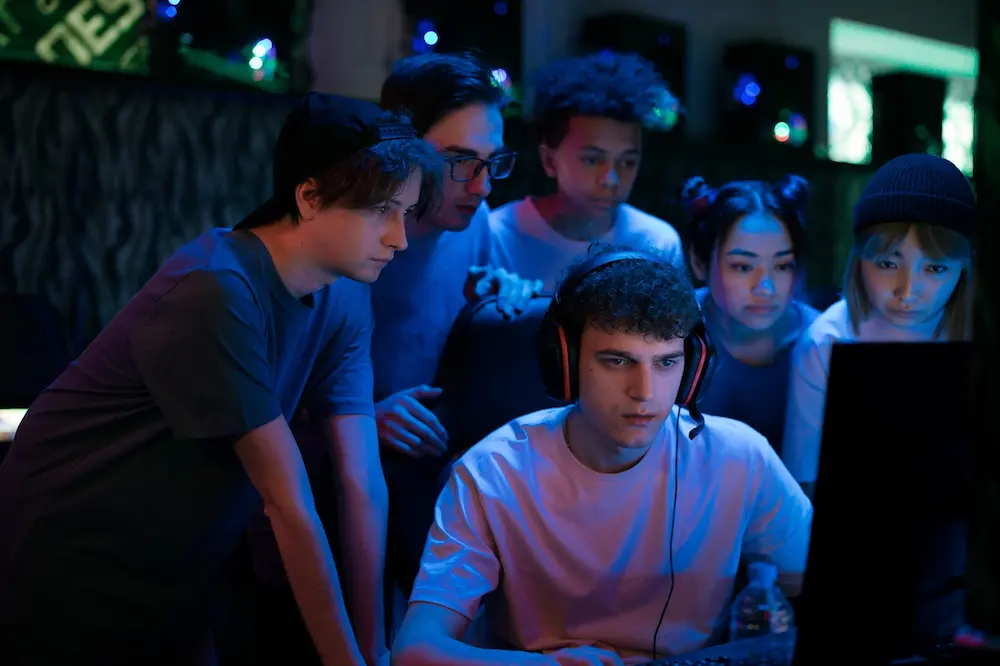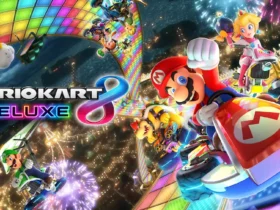In the world of gaming, user experience (UI) plays a crucial role in determining the success of a game. It is the gateway through which players interact with the virtual world, and a well-crafted UI can make or break a gaming experience. For any game art company, creating the perfect user experience for their clients is paramount.
In this article, we will explore the importance of game UI and how it can be created by different game art studios.
Ui means in games
Game UI serves as the bridge between players and the virtual world. It includes everything from menu, icons, buttons, and HUD (heads-up display) elements. A responsive user interface improves player engagement by taking players into the game’s universe.
It helps players navigate the gameplay, provides relevant information, and makes gameplay enjoyable. Gaming UI is not only about aesthetics but also about functionality.
To make it clearer, let’s take a look at some game ui examples:
Overwatch UI – Clear Visual Feedback
Overwatch’s interface is recognized for its clear visual feedback during gameplay. From displaying damage to highlighting critical abilities, the UI keeps players informed and allows them to make informed decisions in the heat of battle.
Portal – Relaxed Tutorials
Portal organically places tutorials into the environment, removing annoying pop-ups and text blocks from the player’s experience. Organically guiding players through level design, the UI provides gradual learning without breaking the game’s experience.
Minecraft – Customizable UI
Minecraft UI allows players to customize different elements, such as the hotbar and inventory, according to their preferences. This flexibility allows players to personalize their gameplay, increasing convenience and accessibility. A large number of different mods on Minecraft also allows you to change the game element’s placement and design
Creating a Memorable Experience
One of the primary goals of game art studios is to create good experiences for players. A well-designed user interface can transport the player into a dreamlike reality, allowing them to feel like an original part of the game.
With strategically placed elements, clear controls, and attractive design, the game UI enhances game engagement and captivates the player from the very beginning of the game.
Simplifying Games – is it good or bad?
Modern games often have confusing game mechanics. Game UI simplifies these complexities for players. With clear instructions, hints, and visual elements, players can easily navigate complex game gameplay.
By reducing the learning curve and making gameplay more accessible, game studios can attract a larger audience and provide player satisfaction.
That said, we can discover a discussion in the gaming community that the simplification of game interfaces can have a negative impact on the entire industry. Here are the main statements:
- Limiting Artistic Vision – game developers aim to create unique and innovative games that showcase their artistic vision. Over-simplification can hinder the realization of these creative ambitions by limiting the complexity and delivery of a game’s atmosphere, story, or emotional impact. Simplifying mechanics can cause a game to lose its individuality and become just another generic offering on the market.
- Catering to Casual Players at the Expense of Enthusiasts – while attracting a large player base is important, targeting only casual players by oversimplifying the game can turn away loyal enthusiasts. Experienced players are looking for challenging games that force them to improve their skills and provide a sense of achievement. Ignoring their need for simplicity can result in the loss of loyal fans and undermine the game’s reputation in the community of dedicated players.
- Decreased Longevity and Replayability- simplified games often lack the depth and complexity necessary for lasting engrossment. Without complex mechanics, deep systems, and interesting content, players can quickly run out of available gameplay options and lose interest. This can reduce the chances of repeat play and player retention, negatively impacting a game’s life span.
Enhancing Aesthetics
Game development studios are known for their visually beautiful creations, and the user interface of games is an integral component of that appeal. Every UI element, from typography to color schemes, contributes to the overall visual experience. A complete user interface creates a sense of harmony within the game. This allows players to appreciate the artistic intent of the game and adds to their experience of the game.
Improving Player Engagement
Player engagement is critical to the success of any game, and a well-designed user interface plays an important role in this. Interactive menus, interesting animations, and well-designed feedback mechanisms keep players engaged. Game development studios understand the importance of player engagement and use UI design to create experiences that players will want to return to again and again.
Boosting Retention and Monetization
Game UI also plays an important role in player retention and monetization strategies. Intuitive navigation, clear progression paths, and non-pushy microtransactions allow game studios to motivate players to stay engaged with the game and invest in its ecosystem.
A well-optimized user interface allows players to easily access additional content, updates, and cosmetic items, leading to increased revenue for the studio.
Conclusion
Game UI is a crucial aspect of success for studios creating games, as it directly affects player experience and engagement. By prioritizing the creation of a user interface that is user-friendly and engaging, studios can elevate their games to an art form, attracting and retaining loyal players.
The ideal user experience crosses over functionality, aesthetics, and engagement, and studios that master the art of UI design can create games that leave a memorable experience.








